Buscador
Taramundi – Vegadeo route through the Eiros Mountain Range
- Taramundi
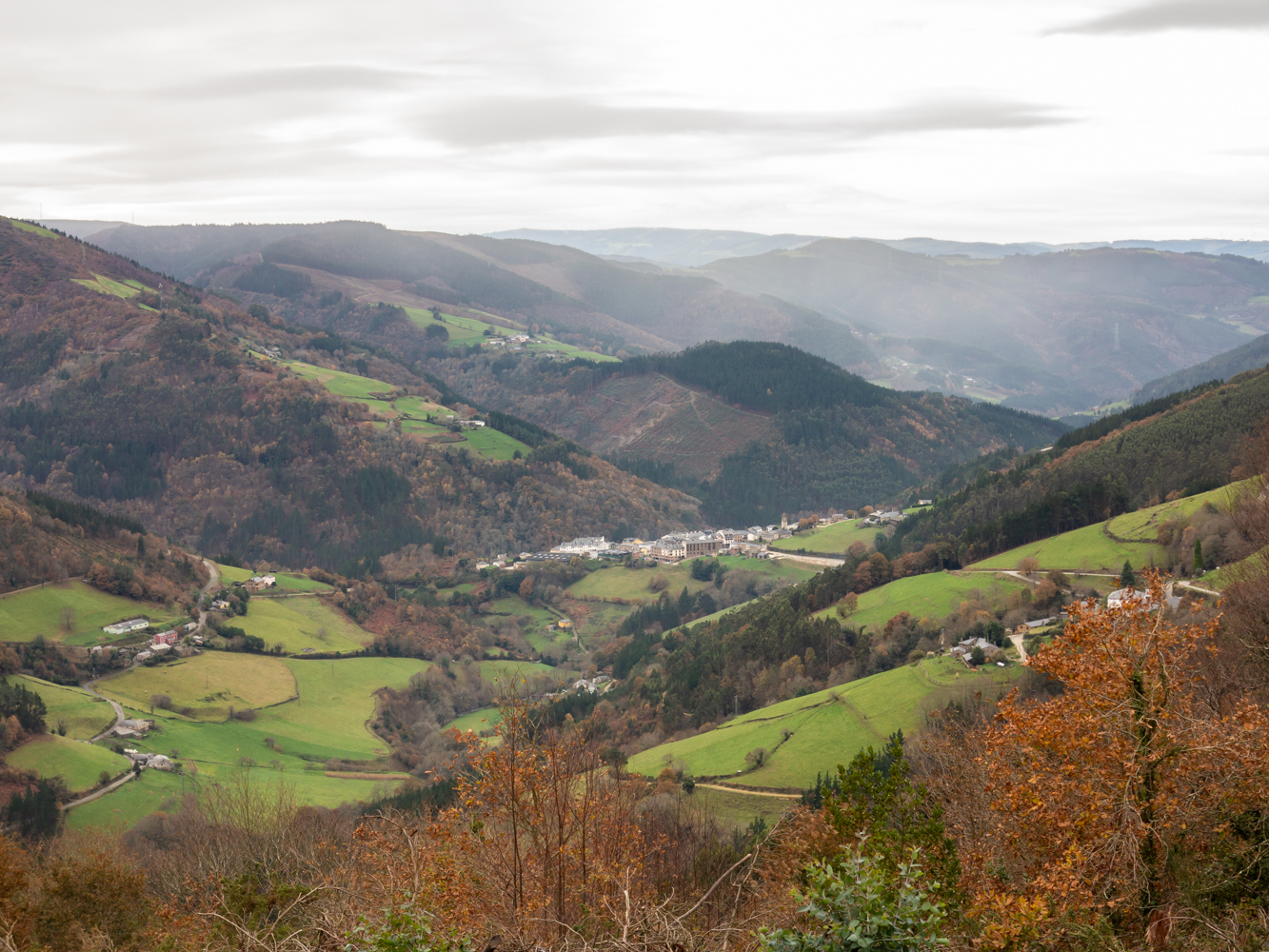
Download the route in PDF and KML and follow the route with your mountain bike or MTB.
With different levels of difficulty, duration, slope and length.
If you don’t have a bike you can rent one.
Hiking trails
-
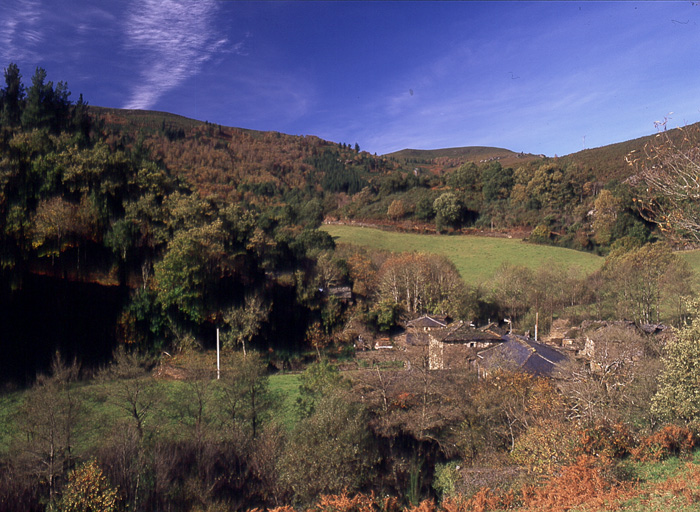
Forcón de los Ríos Route
- Santa Eulalia de Oscos
13.3 km
4 hours
Media
Route of nature and ethnography that begins next to the house of culture in Santa Eulalia de Oscos.
-
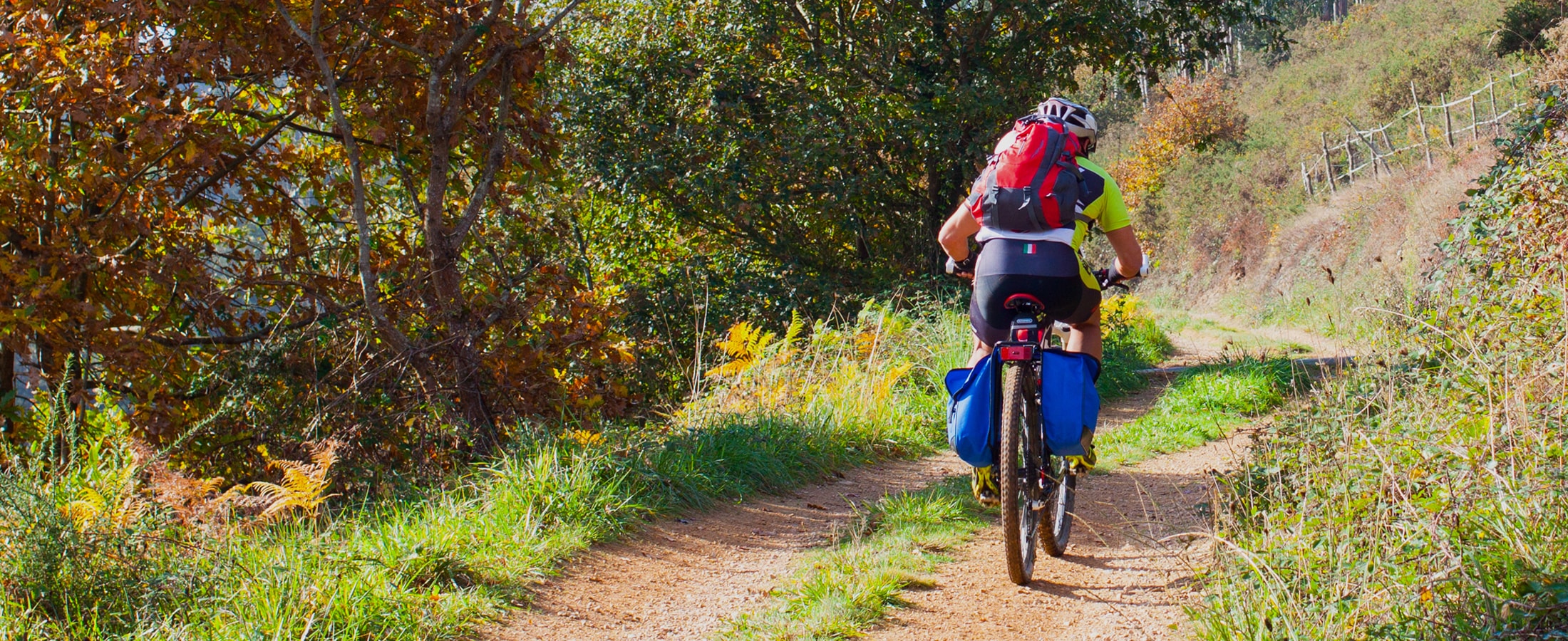
San Tirso de Abres – Vegadeo Route
- San Tirso de Abres
Download the route in PDF and KML and follow the route with your mountain bike or MTB.
-
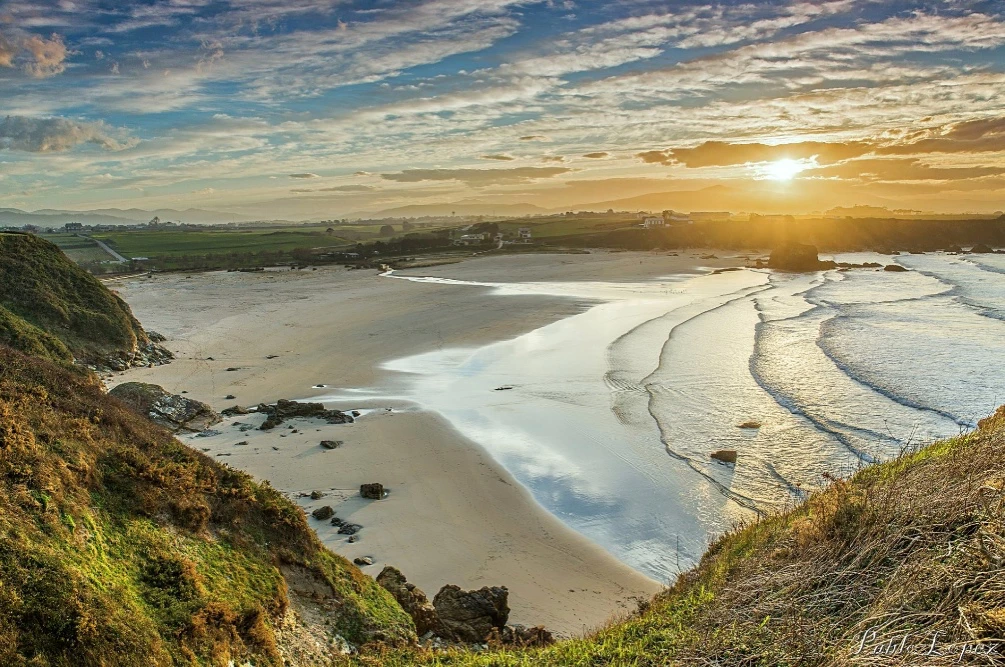
Coastal Path Tapia – Figueras
- Castropol
14 km
4 hours
Download
In our region the route starts at Penarronda beach, declared a natural monument for its high environmental values, a beach that holds the blue flag and where you can not miss a good swim.
-
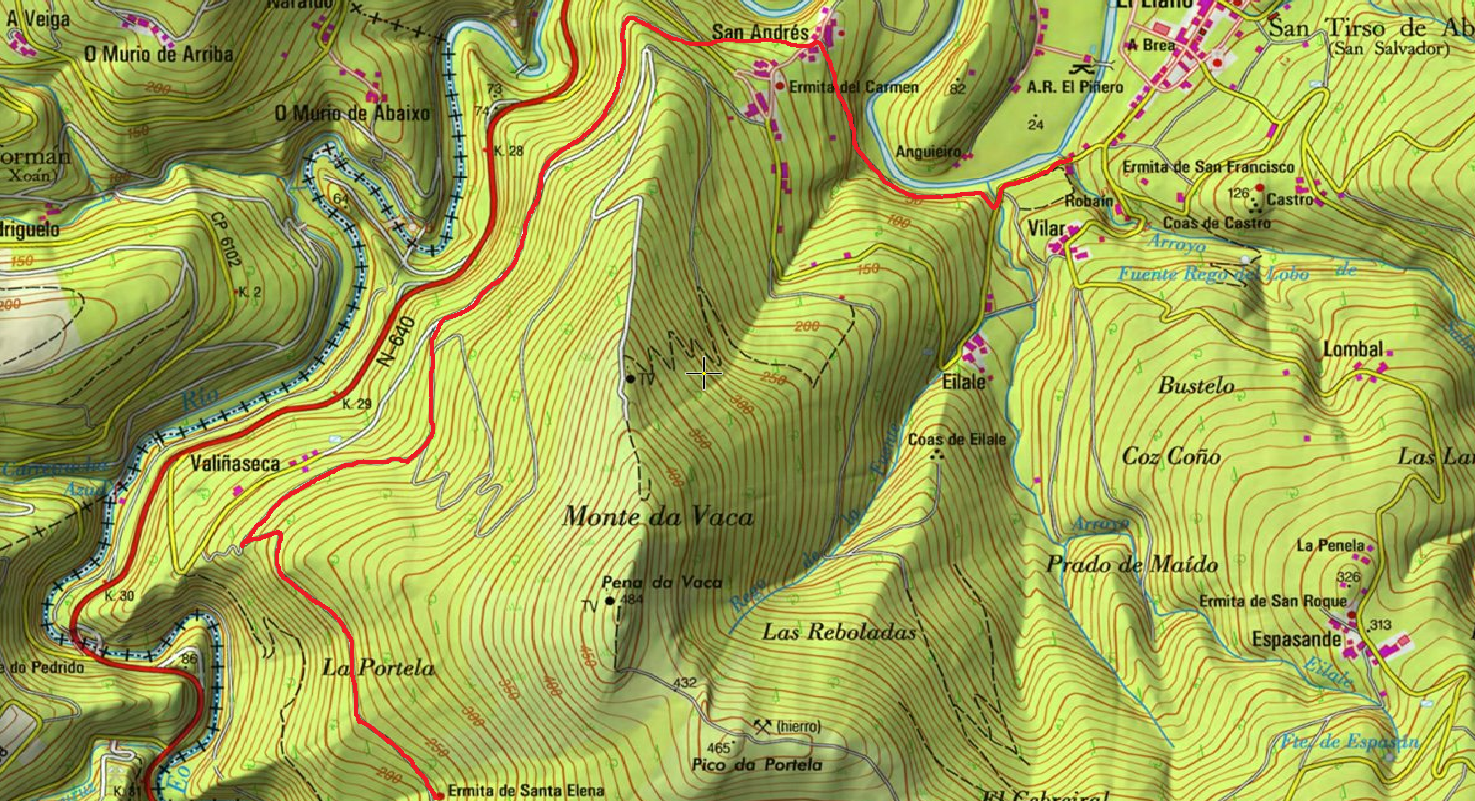
Ruta de los Pañeiros
- San Tirso de Abres
6 km (solo ida)
2 horas
Baja
Antiguo Camino de Santiago que acogía a los romeros llegados por la Ría del Eo.
-
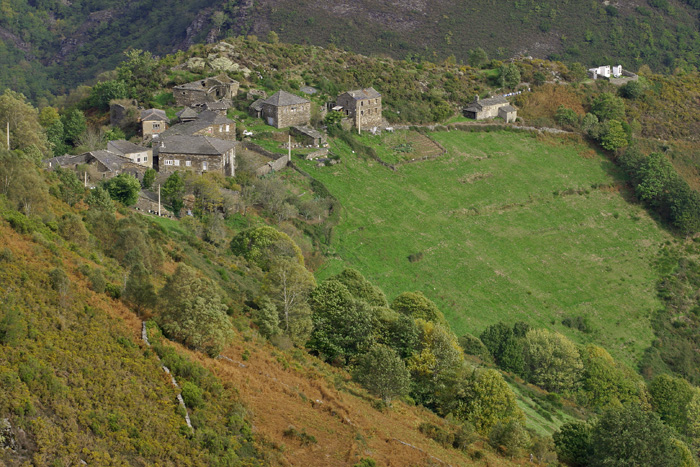
Route of Silence
- Villanueva de Oscos
12 km
5 hours
High
The route starts in San Cristobal, a place where we find numerous samples of popular architecture in its purest state, giving us the sensation of having gone back several centuries in time. From its chapel we see the valley of Rio Ahio covered with a beautiful blanket of native forest that dazzles us with its typical colors.
-
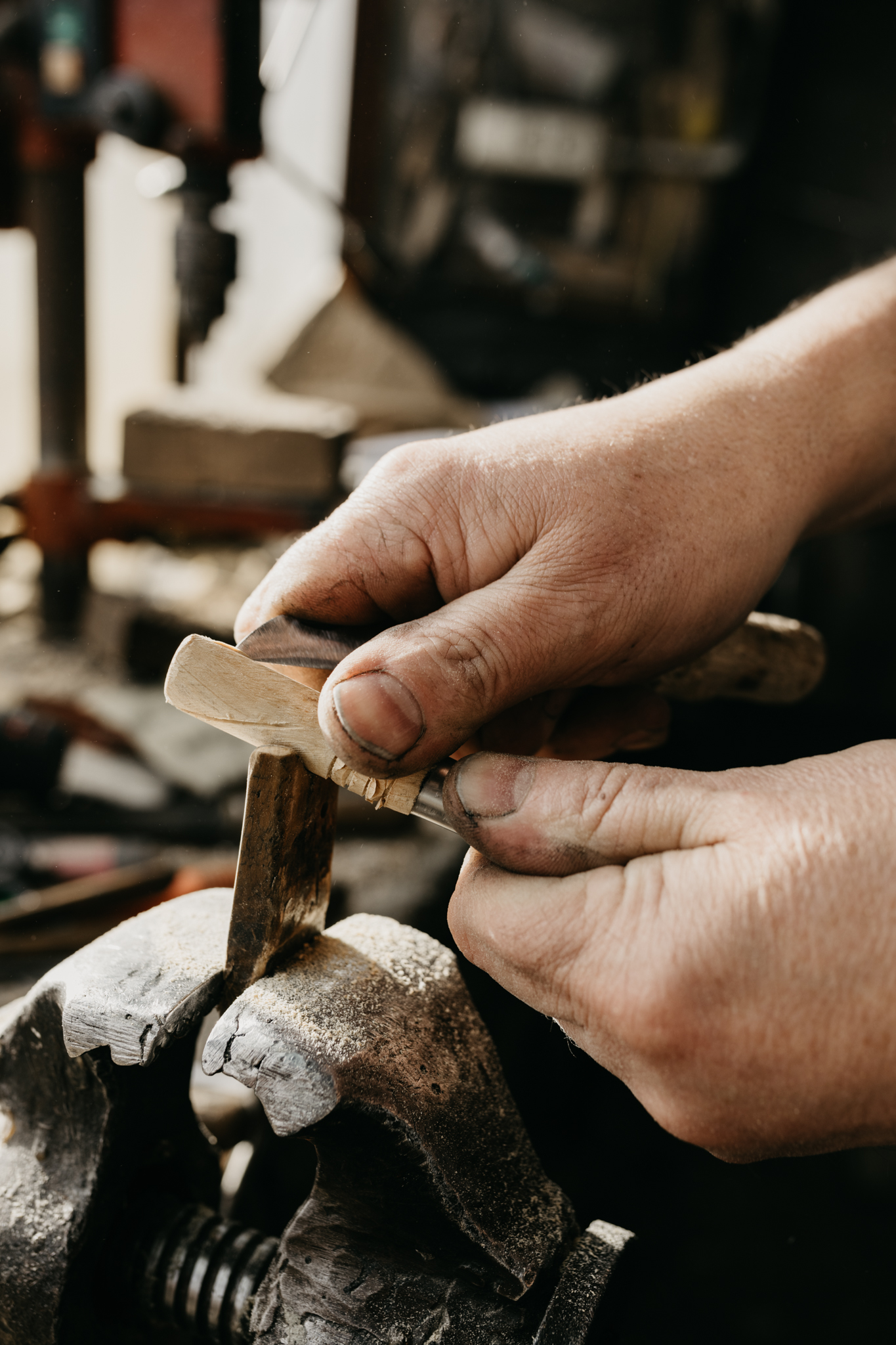
Ruta de los Ferreiros
- Taramundi
8 Km
2h 30m
Baja
La Ruta de Os Ferreiros es un recorrido circular que invita a descubrir la esencia de Taramundi a través de su paisaje, su historia y sus oficios tradicionales. Un paseo accesible y lleno de encanto, perfecto para disfrutar de la naturaleza y el patrimonio cultural del concejo.


